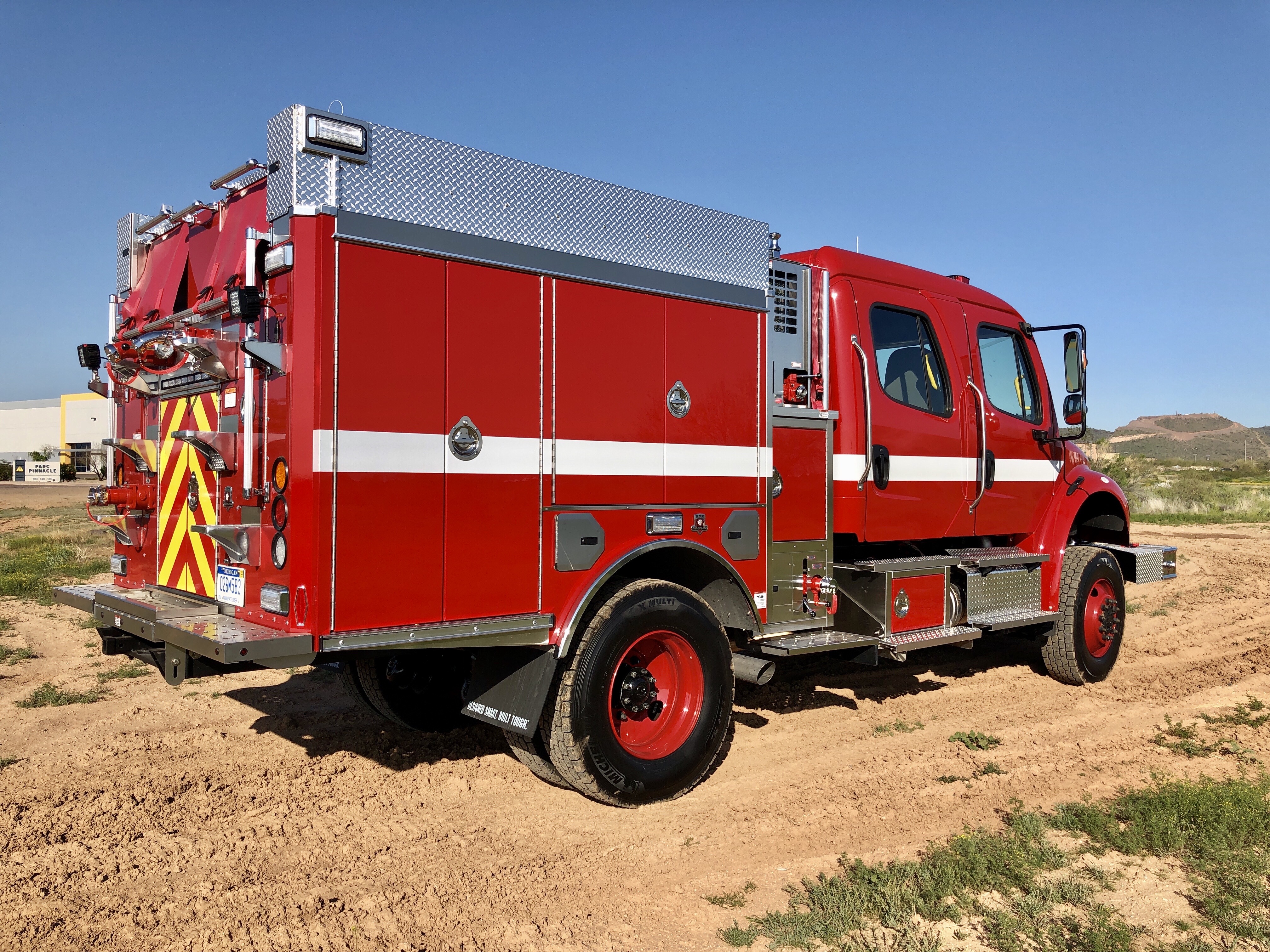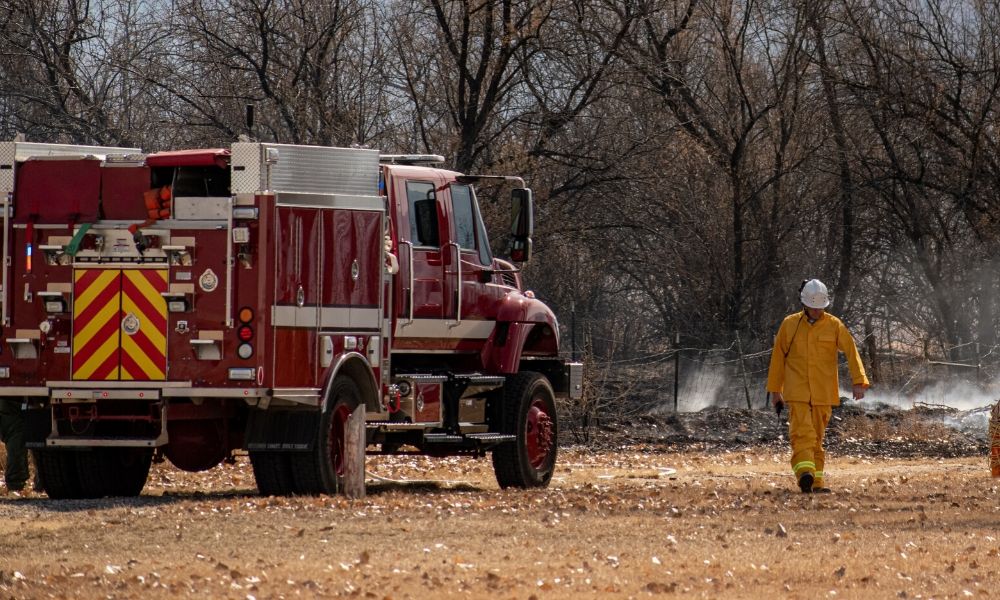

The Type 3 Engines, which are used mainly for vegetation fires, are smaller than the Type 1s which are used primarily in the city. Each engine is fitted with a 1500 GPM pump and carries 750 gallons of water. These engines are staffed by 3 personnel, A captain, an engineer and a firefighter. Santa Barbara City has a total of 11 Pumper Engines with 7 acting as frontline engines and an additional 4 in reserve. Motorbooks:1997.Truck 1 during a drill at the training tower. Jaguar E-Type 6&12 Cylinder Restoration Guide. These cars were only sold to Jaguar dealer’s top customers and are highly sought after for this reason. Enhanced components prolong service life even when using non-pipeline gases such as landfill gas. The first 500 cars made in 19 are different from later production cars by having early details such has outside hood latches and a fully spot-welded hood with a separate louvre panel. Long service intervals, maintenance-friendly engine design and low fuel consumption ensure maximum efficiency in our type 3 engines. Additional refinements included better seats, revised dashboard, armrests and a storage compartment on the transmission tunnel. With its all synchomesh gearbox, improved brake servo, clutch and electrical cooling system, the 4.2 became the preferred driver’s car. In 1964 Jaguar updated the engine to 4.2 liters which had noticeably more torque but retained the 150 mph top speed. It supported the 3.8-litre engine first developed for the large Mark IX saloon. Like the D-Type, the E used a specialized front sub-frame made of Reynolds 531 alloy that attached to front bulkhead of the monocoque body. Attached to the body by an enclosed sub-frame, the suspension was completely contained with the onboard brakes, twin spring/damper units and all the pickup points. Bob Knight developed the new system which used a lower wishbones and half-shafts. The process took an exceptionally long time to sort out, especially the new independent rear suspension.
Type 3 engine driver#
Test driver Norman Dewis worked primary with Bob Knight while Bill Heynes oversaw the entire project for Sir William Lyons.įrom the first aluminum prototypes, Cyril Crouch had to design the E-Type from the bottom-up in steel. 1īecause saloon production was Jaguar’s primary concern, only a small team was devoted to E-Type development.

In it, Malcom Sayer and Bob Knight created the shape for E1A, the very first E-Type prototype.

In fact, the Competition Department in 1956 became the Prototype Shop to specifically develop the D-Type as a road car. It was the product of five years of development and borrowed much from the preceding race cars coming from Coventry.

The first E-Type to be shown in public was driven to the Geneva Motor Show and introduced to the world. They called it “an entirely new concept of high speed motoring.” The result was a 150 mph cruiser that had companies like Ferrari scrambling to make sure there next generation supercar could match the E. Jaguar described it as being “developed from the famous “C” and “D” Type Sports-Racing cars” because it had a monocoque chassis similar to the D-Type. Initially launched in 1961 as the “E” Type Open Two Seater, the E-Type (XKE) is Jaguar’s most iconic car.


 0 kommentar(er)
0 kommentar(er)
